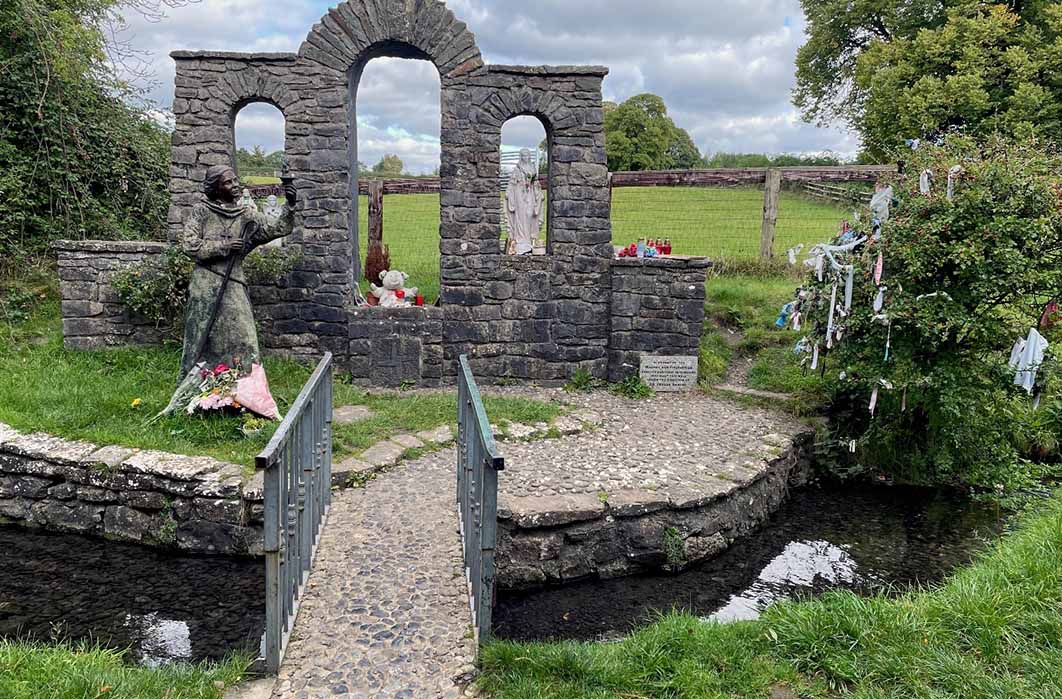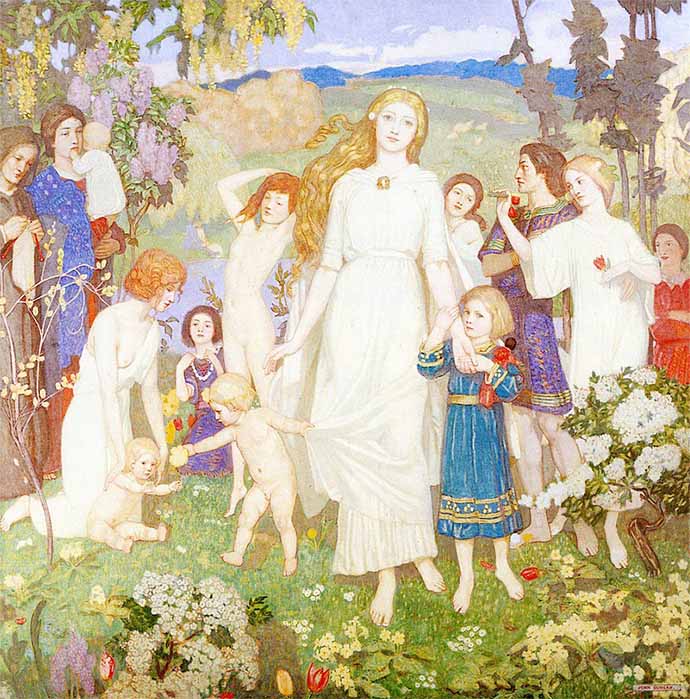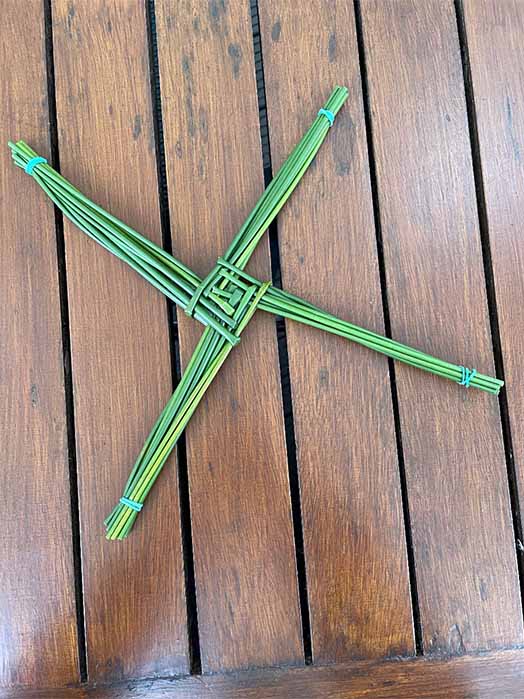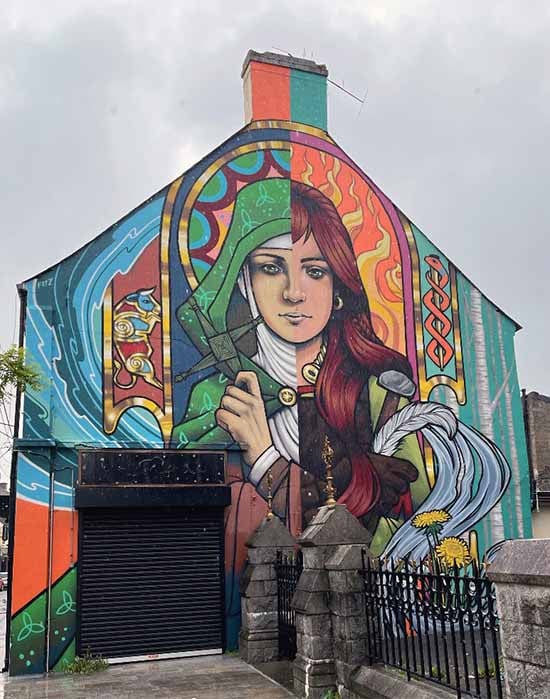
Walking In Ireland’s Brigid’s Way, Pagan Goddess Or Saint
It is impossible to separate myth and fact, truth from fiction, but there are some things that can be said about Ireland’s Brigid with assurance—and one of these is that her importance has grown greatly in recent years. A pilgrimage route was developed in 2012 that leads 90 miles (145 kilometers) from Brigid’s purported birthplace in Faughart to Kildare, the place where she spent most of her life. Newly written songs honoring Brigid are available on Youtube. In addition, when the Irish government recently decided to create a new holiday, public opinion overwhelmingly favored choosing Saint Brigid’s feast day (La feile Bhride) on February 1, a day that is also the Celtic festival of Imbolc and the goddess Brigid’s feast day. The new bank holiday will fall on the first Monday in February, or, if the 1st is on a Friday, it will fall on that Friday.
Leo Varadkar, Ireland’s Tánaiste (deputy prime minister), stated on January 22, 2022, “From next year, Ireland will have an extra public holiday at the start of February to mark Imbolc/St Brigid’s day … This will be the first Irish public holiday named after a woman. It marks the half-way point between the winter solstice and the equinox, the beginning of spring and the Celtic New Year.” Today, just as 1,500 years ago, Celtic tradition and Christianity are fused by honoring both the goddess Brigid and the saint.
Brigid’s Way passes through Dundalk, County Louth. A large mural of Brigid as both saint and goddess (Image: Courtesy Elyn Aviva)
The Goddess becomes the Saint
Brigid (also known as Bhríde, Bridget, Brigit, Breda, Brighid, Bhrighde, Bride, and Ffraid, among other variants) is the name of both a goddess and a saint. It is probable that veneration of the goddess Brigid was brought to Ireland millennia ago by the Brigantes, a tribe widespread across the high peaks in the north of England. They (like many other British tribes) honored a goddess called Briganti. When the Brigantes migrated across the Irish Sea to Ireland, they took her with them, and her name became Brigh (later, Brigid). Brigh means ‘exalted one’ and may have originally referred to high or elevated ground, but later it referred to the goddess’ exalted status. Her influence included fertility of the land, domestic animals, safe childbirth, smithcraft, the hearth, beer making, healing, poetic inspiration, and fire—and the sun.
There are various Irish origin stories for the goddess. One is that Brigid was the daughter of the great warrior/battle goddess Morrighan and the Dagda, the Good God, chief of the Tuatha de Danann, the ancient fairy race of Ireland. Another is that she was the daughter of Boann, the goddess of the River Boyne.

Brigid as a member of the Tuatha de Danann. The Coming of Bride (1917) by John Duncan (Public Domain)
With the coming of Christianity to Ireland in the early fifth century, Brigid the goddess gradually morphed into Brigid the Christian saint, canonized (like other saints in those days) by public devotion. Many of the attributes and myths of Brigid the goddess - her portfolio - were incorporated into the life and legends of Brigid the saint. For example, the goddess Brigid’s feast day is Imbolc - the beginning of Spring in Celtic tradition, a time of lambing and lactation, of new vegetation - and it falls around February 1. Saint Brigid’s feast day is also February 1.

A Brigid’s cross woven out of reeds. It is both a Christian cross and probably an ancient pagan sun symbol (Image: Courtesy Elyn Aviva)





